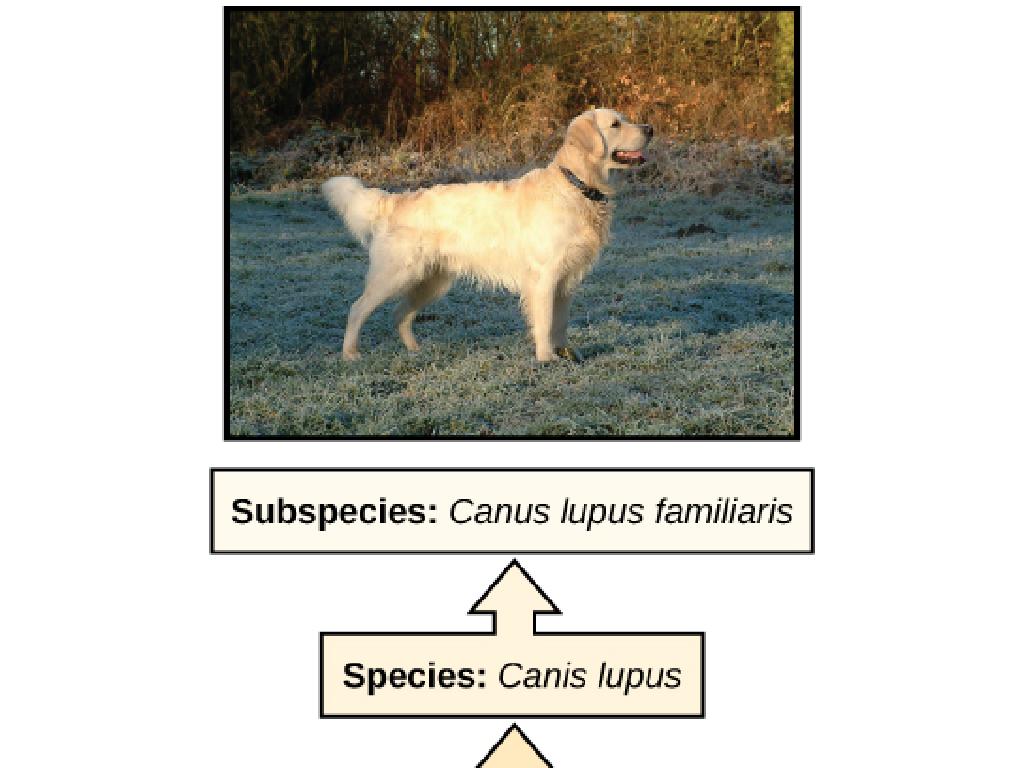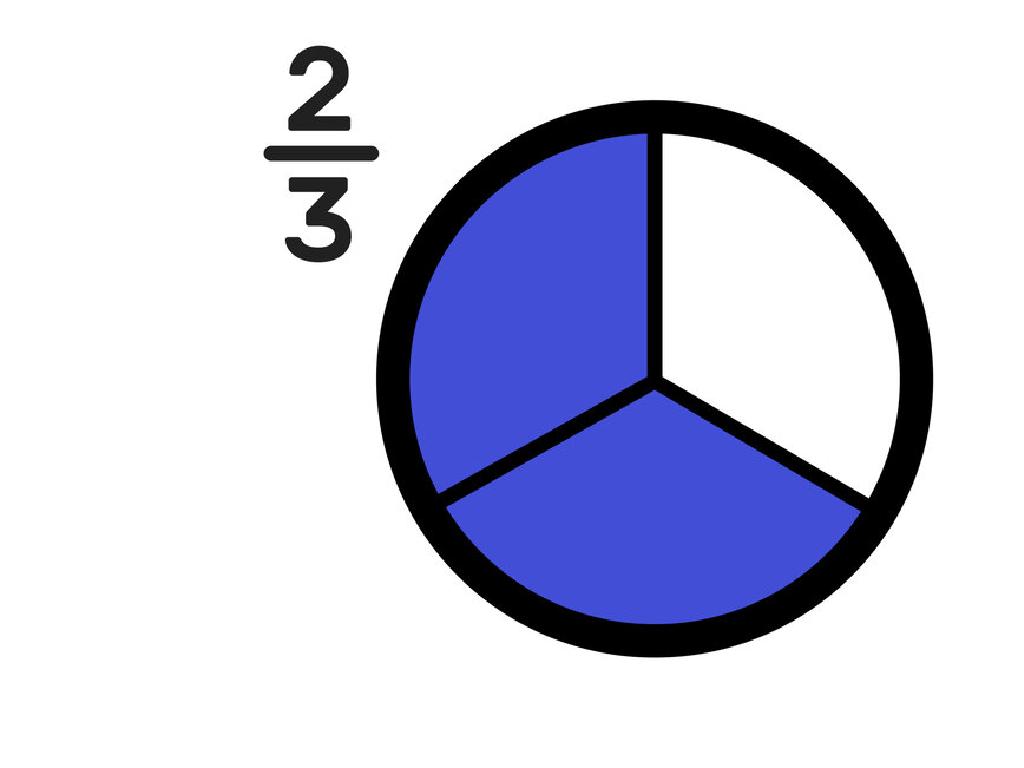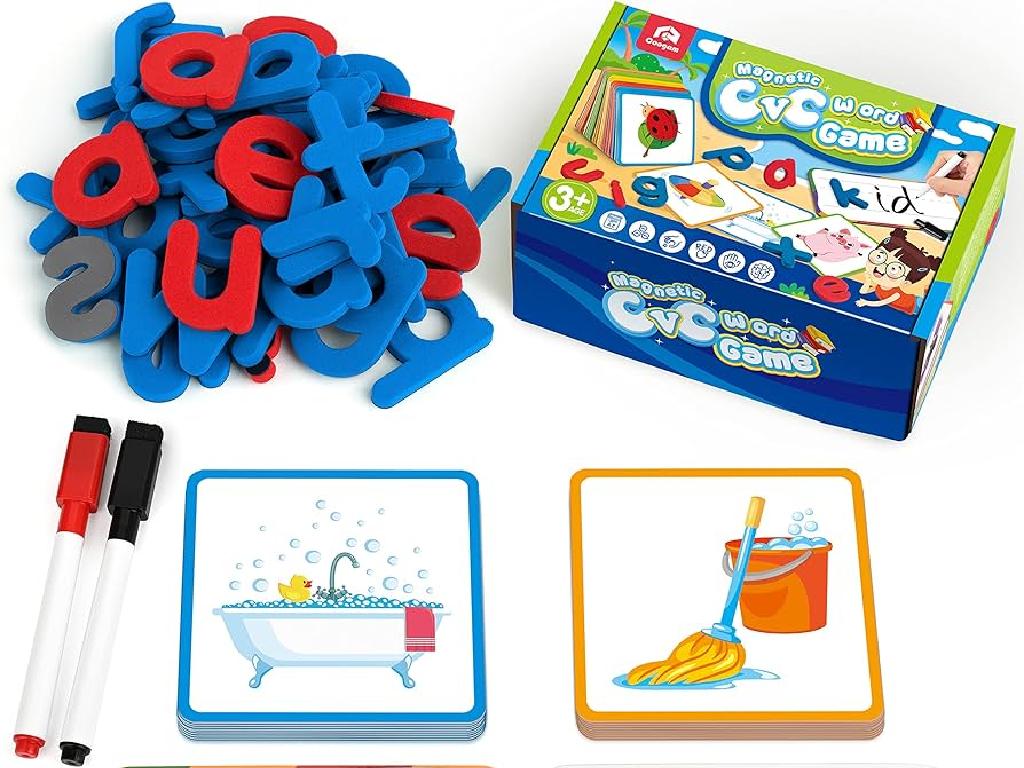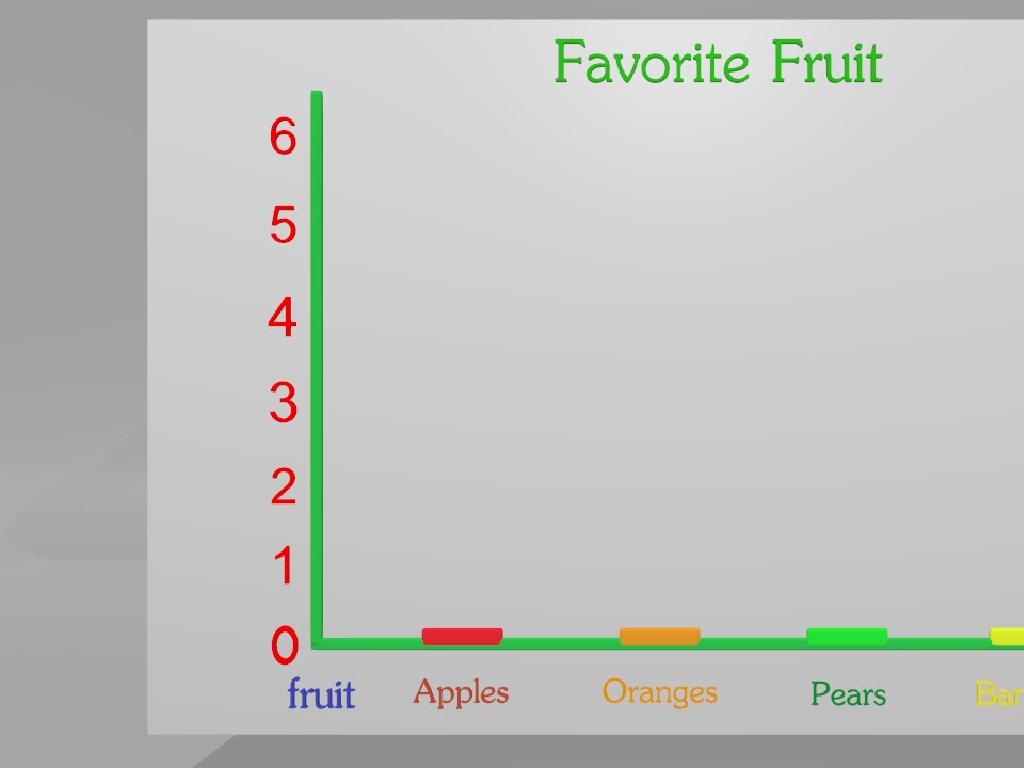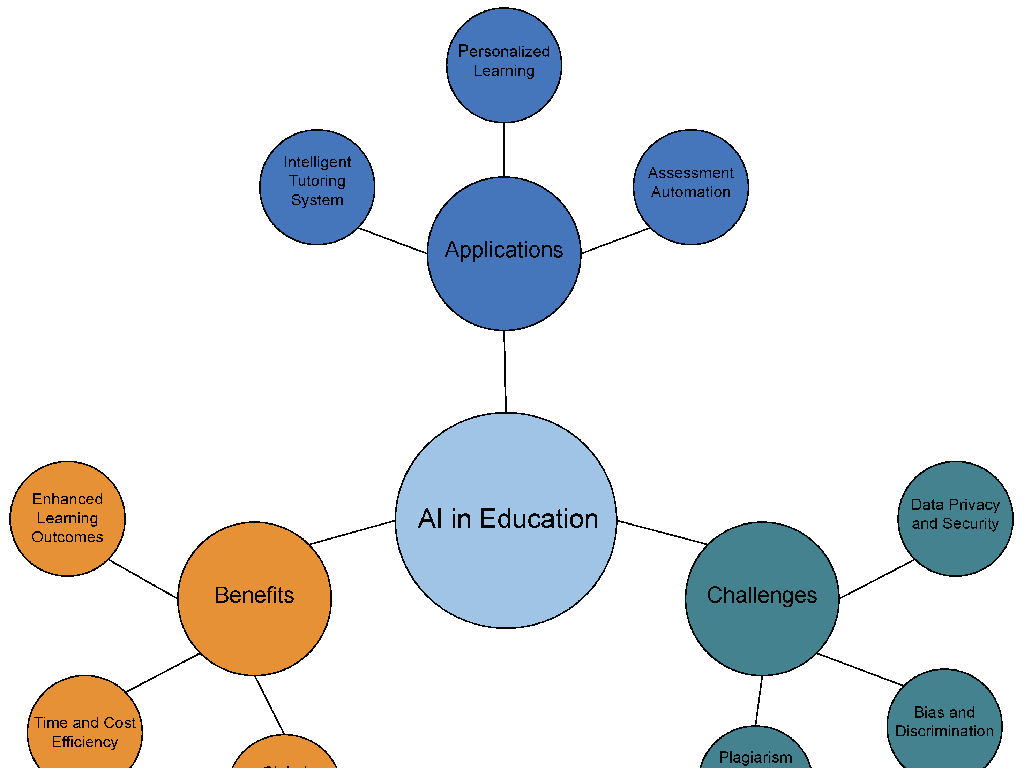Three-Dimensional Shapes - Above And Below
Subject: Math
Grade: Kindergarten
Topic: Shapes In The Real World
Please LOG IN to download the presentation. Access is available to registered users only.
View More Content
Welcome to 3D Shapes!
– Greet the day and our shapes
– 3D shapes are like toys
– Think of blocks and balls
– Not flat, but solid figures
– They have depth, width, and height
– We can hold and move them
– Explore shapes by touching
|
This slide is designed to introduce Kindergarten students to the concept of three-dimensional shapes in a fun and relatable way. Start with a warm greeting to engage the students. Explain that unlike 2D shapes, which are flat and can only be drawn on paper, 3D shapes have depth and can be picked up and held, just like their favorite toys. Use tangible examples like blocks (cubes), balls (spheres), and toy cars (rectangular prisms) to illustrate the idea. Encourage the children to think about the different shapes they can touch and interact with in their environment. The goal is to help them understand the difference between flat and solid figures in a tangible, hands-on way.
Exploring 3D Shapes Around Us
– 3D shapes are all around us
– They have length, width, and height
– Think of a box or a book for length, width, and height
– Cubes, spheres, and cones are examples
– A dice is a cube, a ball is a sphere, and an ice cream cone is a cone
– Let’s find 3D shapes in our room
– We’ll search our classroom for these shapes
|
This slide introduces Kindergarten students to the concept of three-dimensional shapes in a fun and interactive way. By encouraging them to look around their classroom, they can connect the shapes they see every day with the 3D shapes they are learning about. Emphasize the three dimensions by comparing everyday objects to the shapes they resemble. For example, a tissue box can be related to a cube, a globe to a sphere, and a party hat to a cone. This activity not only teaches them the basic 3D shapes but also helps them understand spatial reasoning by observing their environment. Encourage the students to touch and feel the objects to better grasp the concept of dimensions.
Exploring 3D Shapes: Above and Below
– Understanding ‘above’ and ‘below’
– ‘Above’ means higher or over, ‘below’ means lower or under
– Toy above the table example
– Like when a toy is on the table, it’s above the table surface
– Think of ‘above’ examples
– What things can you see that are above other things?
– Find examples of ‘below’
– Can you spot items that are under other items?
|
This slide introduces the spatial concepts of ‘above’ and ‘below’ in relation to three-dimensional shapes. Use tangible examples like a toy and a table to illustrate these positions. Encourage the children to look around their environment to find examples of objects that are positioned above or below others. This will help them understand the concept in a practical and interactive way. You can also use hand gestures to show above and below. During the next class, have a discussion where the children share their examples, fostering an interactive learning environment.
Let’s Find 3D Shapes Around Us!
– Play a game: Find shapes in class
– Look for a sphere, cube, and cone
– Maybe a ball (sphere), block (cube), party hat (cone)?
– ‘Above’ means on top or over
– Like a clock above the door or a light above us
– ‘Below’ means underneath
– Like a rug below your feet or a box below the table
|
This slide introduces a fun and interactive game for the students to find three-dimensional shapes in their immediate environment. Encourage the children to look around the classroom to spot objects that resemble a sphere, cube, and cone. Clarify the concepts of ‘above’ and ‘below’ by giving examples of objects that are placed over or on top of something and objects that are placed underneath something else. This activity will help students to understand and identify 3D shapes and their spatial relationships in a real-world context. For the teacher: Prepare a list of items that can be found in the classroom which represent each of the shapes and their positions relative to other objects to guide the students if they need help.
Shape Matching Game: Real-World Objects
– Recognize everyday 3D shapes
– Relate shapes to real objects
– Example: A ball is a sphere
– Spheres are perfectly round, like a ball
– Discuss cubes and cones
– What objects look like a cube or cone?
|
This interactive game is designed to help Kindergarten students recognize and relate three-dimensional shapes to objects they are familiar with in the real world. Start by showing them a sphere and explaining that objects like balls are spheres because they are round all over. Then, ask the students to think of objects that resemble a cube, such as dice or a box, and a cone, like an ice cream cone or a party hat. Encourage them to explain why these objects match the shapes. This activity will enhance their spatial awareness and ability to identify 3D shapes in their environment. Prepare a list of common objects that correspond to different 3D shapes to guide the discussion and ensure that every student can participate and learn.
Class Activity: Shape Hunt Adventure
– Pair up for a shape hunt
– Find 3D shapes above and below
– Look for shapes like cubes, spheres, above or under objects
– Draw the shapes you find
– Share your discoveries
– Tell us the location of each shape
|
This activity is designed to help students recognize three-dimensional shapes in their environment. Teachers should pair up students and guide them on a walk around the school, looking for 3D shapes such as cubes, spheres, cones, and cylinders that are positioned above or below other objects. Encourage students to observe and draw the shapes they find, noting where they are located. Back in the classroom, each pair will share their drawings and describe where they found their shapes. This will help students understand the concept of ‘above’ and ‘below’ in a real-world context and recognize 3D shapes in their surroundings. Possible variations of the activity could include finding shapes in the classroom, in the playground, or even bringing in objects from home.
Shape Hunt Success!
– Congrats on the shape hunt
– 3D shapes are everywhere
– Like balls, boxes, and cans in our world
– 3D shapes: length, width, height
– These dimensions make shapes 3D
– Shapes found above and below
– Look for shapes on top of or under objects
|
This slide concludes the lesson on three-dimensional shapes, reinforcing the concept that 3D shapes are part of our everyday environment. Emphasize the characteristics of 3D shapes: length, width, and height, which differentiate them from 2D shapes. Encourage the children to continue observing their surroundings to identify shapes in different positions, such as above or below other objects. This will help solidify their understanding of spatial relationships and the properties of 3D shapes. Celebrate their effort in the shape hunt activity and encourage them to keep looking for shapes at home or outside the classroom.

